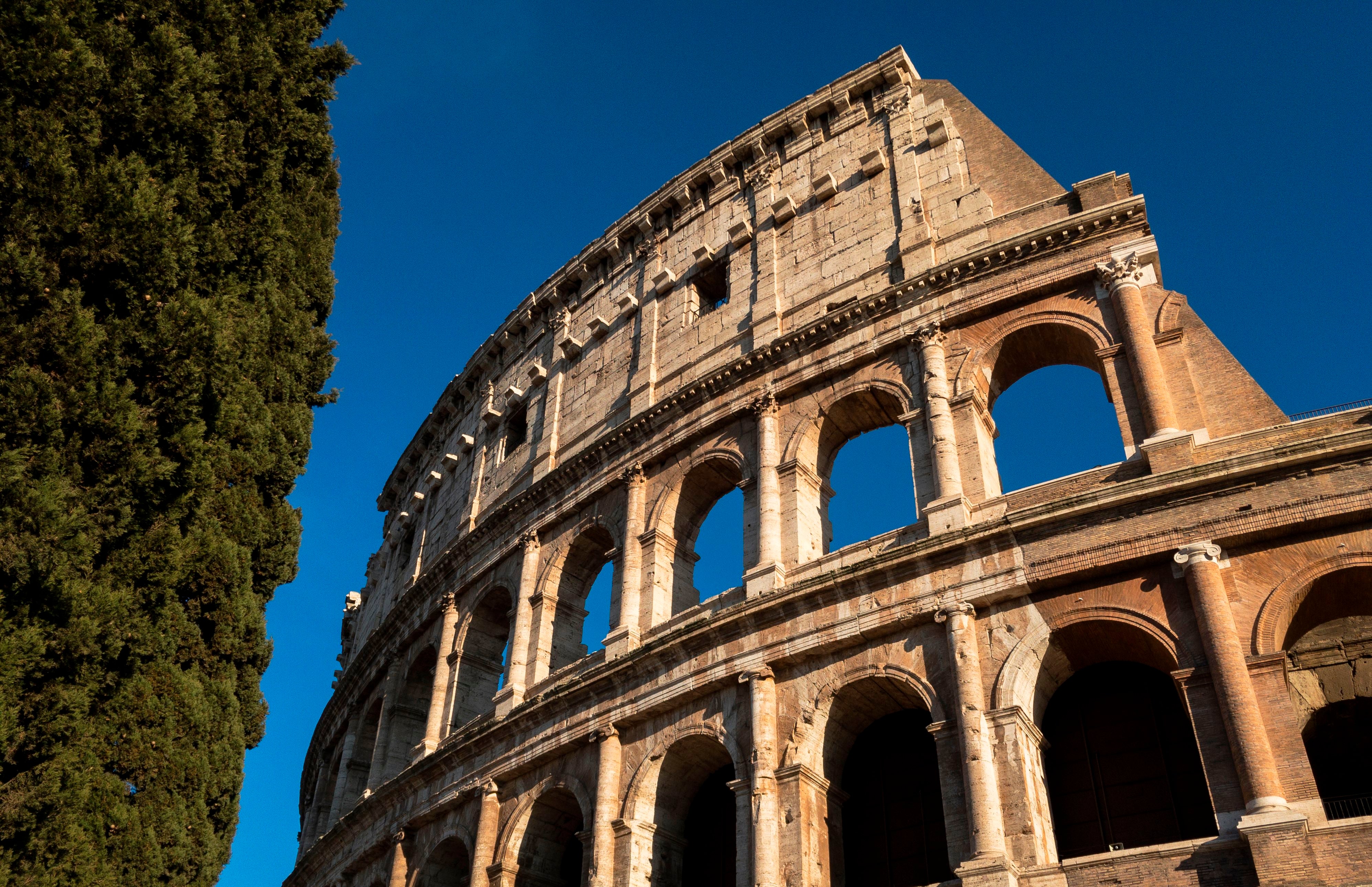Are you not entertained? Sausage dog remains discovered beneath Rome’s Colosseum
Traces of nuts and fruit were also found in the excavations

Archeologists excavating beneath Rome’s Colosseum have discovered the bones of Dachshund dogs.
The new dig is part of a project to explore the tunnels beneath the Eternal City.
Archaeologists came across many new discoveries including “the bones of vicious animals, bears, lions, leopards, but also dogs, even dachshunds,” the Archaeological Park of the Colosseum disclosed.
It’s well-known that Romans used to enjoy bloodthirsty entertainment; lions, hyenas, leopards, elephants, ostriches, and hippos were imported from Africa and beyond, put against gladiators, who would “hunt” them or fight them with weapons.
Meanwhile more rare animals would also be put on display or would be used to fight against other species.
As yet, it’s not clear how sausage dogs fit into this. It’s thought that they may have been used as part of the "hunting" performances that would be put on within the Colosseum for spectators.
The excavation began in January 2021 and involved archeologists digging through around 70 meters (230 feet) of drains and sewers buried underneath the Colosseum.
“The investigation involved the southern manifold, blocked and out of use more or less since 523 CE, when the Colosseum stopped being an amphitheater and then became a sort of condominium, fortress, hospital, and even a spinning mill”, said Martina Almonte, leader of the project.
Over the course of their investigations, the team discovered 50 bronze coins from the late Roman period and a silver coin dating to around 171 CE that commemorates 10 years of the rule of Marcus Aurelius, a philosopher and Roman emperor.
Seeds from fruits such as figs, grapes, and melons were also found, as were traces of olives and nuts. Researchers think that these are the remnants of snacks eaten by hungry spectators.
Join our commenting forum
Join thought-provoking conversations, follow other Independent readers and see their replies
Comments
Bookmark popover
Removed from bookmarks